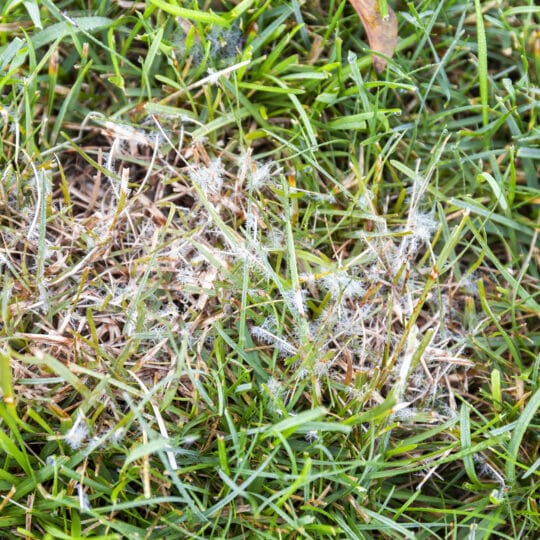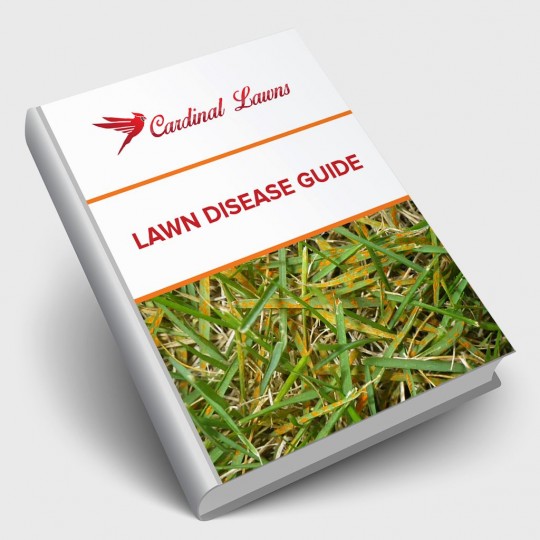Common Fall Lawn Diseases
And How to Help Prevent Them
Posted
November 19, 2020

Now that it’s fall, you may be watering and mowing your lawn less often, but that doesn’t mean you should disregard it completely. There are a few common fall lawn diseases to watch out for.
Common Fall Lawn Diseases
Once you rake up all the leaves and give your yard a final trim, look around your lawn for these common signs of disease.
Weeds. Yes, they can still appear in the fall, especially if nothing was done to keep them away during the spring or summer. One of the more common fall weeds is Goose Grass. Similar to crabgrass, it pops up in late summer, is thicker than regular grass blades, and grows flat along the ground in a wagon wheel-like shape.
Necrotic Ring Spot. Ring-shaped patches of dead or dying turf appear in any season depending on where you live. It’s usually a sign of poor soul conditions or too much thatch.
Dollar Spot. This lawn fungus appears in small, round clusters of brown or tan grass blades. It typically appears after harsh summer conditions.
Lawn Rust. When you notice powdery orange-brown specks across your lawn or on your shoes, the grass blades are infected by lawn rust. This can happen if there’s not enough or too much water on your lawn. It’s also a sign your soil needs more nitrogen, so consider your fertilizer options.
Keeping Your Lawn Healthy
No matter what time of year it is, you can maintain the health of your lawn with proper maintenance. Regular mowing, watering, and fertilizing is your best defense against lawn diseases or pest infestation.
If you do find signs of disease in your yard, some fungicides could help in certain situations. Contact Cardinal Lawns for more information on treating your lawn for disease and best practices for helping to prevent more outbreaks in the future.

Download Your FREE Lawn Disease Guide
Even the most manicured landscapes are susceptible to lawn disease. Take some time to learn about identification and removal before one takes over your lawn. This handy guide teaches you how to spot common lawn diseases as well as how to properly treat them.